Steel is the most used metal in the world and has been around for 4,000 years. It was used in weapons, tools, construction, and infrastructure.
In today’s world, its use is extensive, to say the least. From cutlery to skyscrapers, steel is almost everywhere around us.
And if you want to invest in this crucial metal, on which the bulk of the world’s infrastructure rests, the best Canadian steel stocks would be an excellent place to start.
What Do You Need To Know About Steel Stocks In Canada?
It’s important to note that almost all the iron ore mined in the world is used to make steel, and the most common type of steel – carbon steel which makes up about 90% of the world’s steel is over 97% to 98% iron, there is a virtually little actual distinction between steel and iron – The metal and its alloy.
So an iron ore company can be classified as a steel company since it’s focused on mining the core ingredient of steel.
The Global Steel Landscape
Even though China is gradually surpassing the US and other developed nations like Canada in several aspects, steel is something it dominated years ago.
In 2020, China produced more than ten times the steel than the next country in line (India), and Canada didn’t even break the top ten.
Moreover, seven out of ten largest steel producers globally are Chinese companies, and there is just one US company in the top fifteen.
Steel In Canada
Even though Canada produces a decent portion of the steel used in the country, the import penetration has been over 50% for most of the years between 2009 and 2019.
The bulk of the imports are from the US, and China and South Korea are next in line.
Best Canadian Steel Stocks
The steel industry in Canada is small, and it’s also quite diverse and includes many other businesses as well, like iron ore companies.
1. Champion Iron Ore
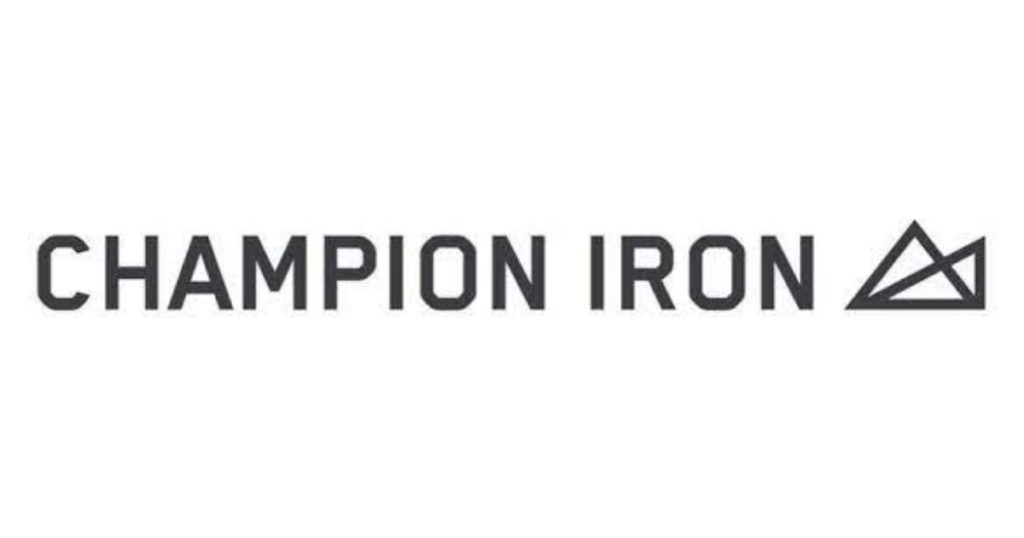
- Ticker: CIA.TO
- Forward Dividend Yield: 3.94%
- Dividend Payout Ratio: 60.61%
- Dividend Yield (12-Month Trailing): 2.81%
- Upcoming Dividend Date: Nov 28, 2023
- Market Cap: $3.62 Billion
Iron Ore companies are at the beginning of the steel supply chain. Since there can be no steel without iron and about 98% of iron ore is used to make steel, there is little distinction between the two.
It’s based in and listed in Australia, but it almost exclusively operates in Canada, with three flagship and seven exploration projects in the country. All three flagship projects produce high-grade iron ore (60% or more iron present in the ore), which positively influences the cost and profitability of mining.
The company has experienced phenomenal financial growth in the last five years, and its annual revenues have grown from $182 million in 2019 to $1.39 billion in 2023 – over 7x growth. The $540 million debt (Aug 2023) might seem high, but you should evaluate it in the context of its revenue, which is in billions. However, revenue fluctuation is normal as steel price movements influence it.
As a stock, Champion Iron is a good pick because of its decent performance history. The stock has tracked (in the last five years) the price of iron ore quite faithfully, so it can be a good indicator of its future performance and potential. The dividend frequency of the stock has been a bit inconsistent, but the payouts have been the same, and the payout ratio is quite stable.
Champion Iron’s five-year returns of 260% are impressive, but it shouldn’t entice you to make a hasty decision. Unlike before, when the company’s projects were coming online, you should evaluate it as a mature iron ore producer now whose stock performance is quite closely tied to iron ore prices.
Alternative: Labrador Iron Ore Royalty is a strong alternative operating in the same domain. Its capital appreciation potential has so far lagged behind Champion Iron, but it’s a significantly more generous dividend payer with more than double the yield at the time of writing this. It’s also more attractively valued compared to Champion Iron right now.
2. Teck Resources
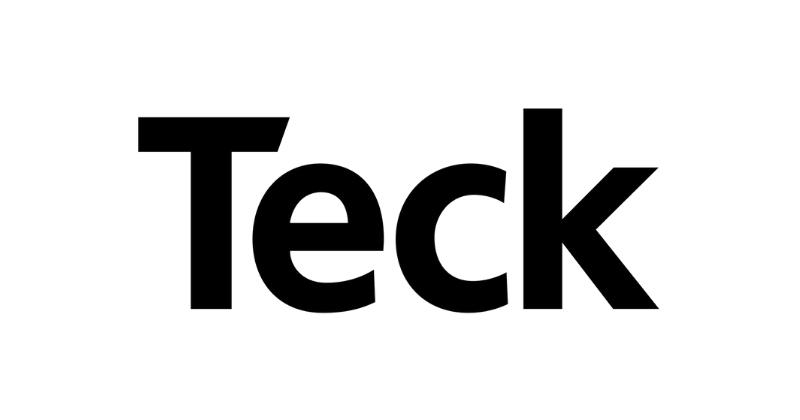
- Ticker: TECK-B.TO
- Forward Dividend Yield: 0.89%
- Dividend Payout Ratio: 19.40%
- Dividend Yield (12-Month Trailing): 0.99%
- Upcoming Dividend Date: Dec 29, 2023
- Market Cap: $26.12 Billion
The two main ingredients of steel are iron and carbon, and Teck Resources dominate the market for the second ingredient – carbon. The company is the second-largest sea-borne exporter of coal (source of carbon) that is used for steelmaking. It’s one of the three main products of the company, and in 2022, it generated 60% of its $17.3 billion revenue from Steelmaking Coal.
This mining company has experienced enormous financial growth in the ten years between 2013 and 2022, with its revenue almost doubling and cash flow from operations growing by over 2.5 times. The company has significant debt, but it’s not unusual considering its business model.
Even though steelmaking coal is its most significant revenue source, a diverse portfolio that includes metals like Copper and Zinc gives it more growth avenues. It also gives the stock an edge over purer steel stocks that mimic steel prices, at least to an extent. Teck Resources, on the other hand, is capable of holding an opposite trend.
Steel price has fallen by over 36% from its 2021 peak, whereas Tech Resources stock rose by over 60% over the same period. Despite an unattractive valuation and falling steel/iron ore prices, the stock is bullish, making it a contrarian to the steel industry but in a good way (for now).
You should know that Teck Resources hasn’t always been as strong and healthy a pick as it is now. It lost nearly 90% of its valuation in the five years between 2011 and 2015. But its exceptional recovery is also a strong point you should take into account when evaluating this investment.
3. Stelco Holdings
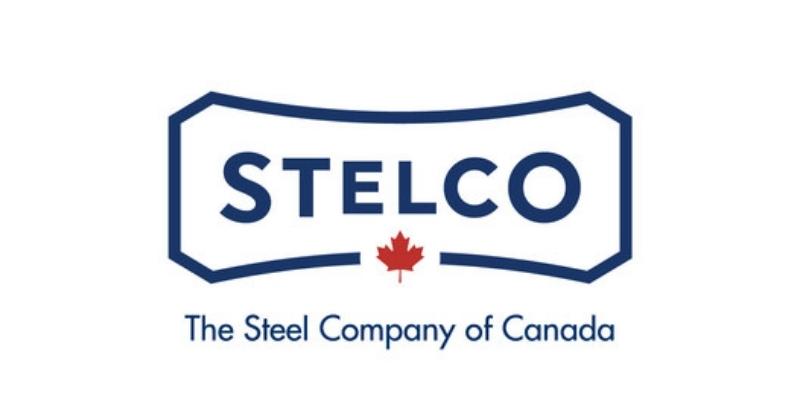
- Ticker: STLC.TO
- Forward Dividend Yield: 3.79%
- Dividend Payout Ratio: 13.19%
- Dividend Yield (12-Month Trailing): 4.35%
- Upcoming Dividend Date: Nov 28, 2023
- Market Cap: $2.08 Billion
Stelco was once the largest steel producer in Canada and had a long and “colourful” history that includes two bankruptcies, the last of which isn’t even a decade old. It was the result of the culmination of multiple factors, including US Steel, a foreign acquirer pulling out of the Stelco acquisition, and its ill-managed labour relations.
The Stelco we see now has been around since 2017. Between 2018, which was its first fully operational year, and 2022, both positive and negative things happened. Knowing what they are may help you make a smart decision about this company.
First, the shipping volume has barely budged since 2018 and peaked in 2021. Yet revenue has climbed significantly, gross profits have doubled, and net income has grown four-fold over the five years. Non-current liabilities have grown, but the assets have grown at a much faster rate. Its current cash reserves and investments have already outpaced its debt.
Its current production volume puts it among the top producers in the country, and the net income growth reflects efficient operations.
While the stock’s performance is heavily reliant on steel prices, its current valuation and dividends make it a very attractive investment. Plus, the stock’s bullish spells are typically a delayed and magnified version of the underlying steel prices.
You shouldn’t base your Stelco investment decision based solely on steel prices, but they can be a good indicator of when to buy or exit this stock. The dividends offer an incentive to keep holding the stock long-term. You should also take into account the fact that the company’s base dividends (if we remove the special dividends from the equation) have grown quite generously in the last five years.
4. Algoma Steel
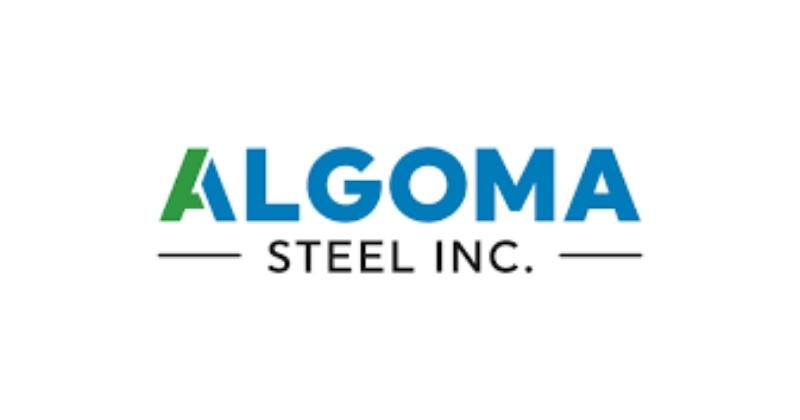
- Ticker: ASTL.TO
- Forward Dividend Yield: 2.64%
- Dividend Payout Ratio: 15.54%
- Dividend Yield (12-Month Trailing): 2.46%
- Upcoming Dividend Date: Mar 29, 2024
- Market Cap: $1.11 Billion
Algoma Steel is another major steel producer in Canada, with roots going back over a century. It has battled problems similar to Stelco Holdings, including bankruptcy, and is now fully owned by Essar Global, an Indian Conglomerate.
Despite being a smaller company by market capitalization, Algoma has a significantly larger production capacity compared to Stelco – 2.8 million tons. The financials, especially net income, has been growing at a decent pace for the past several quarters. It has minimal debt, and the cash and investments are significantly higher than the debt.
This is especially appealing since Algoma is currently working on a massive transformation project – replacing its conventional blast furnaces with electric arc furnaces (EAF). It would raise its ESG profile significantly by reducing emissions by 70%, which means more funding opportunities and leeway if strict emission quotas are imposed.
The transformation is expected to complete in 2024 and is expected to increase capacity to 3.7 million tons. The furnaces also offer higher control over temperature and far more efficiency, which may lead to lower costs of production, boosting the company’s already impressive profits.
Its recent relisting means that we do not have performance data. But it’s quite undervalued right now and is offering dividends at a modest yield and a very safe payout ratio.
Algoma looks like a solid pick right now, but you should keep an eye on the news regarding Algoma’s EAF conversion. If the project starts lagging behind its projections or runs into any challenges, the market’s outlook on the company may radically change.
5. Russel Metal
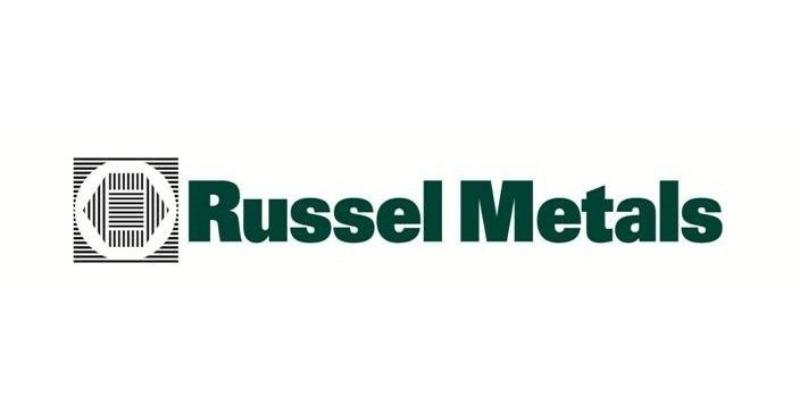
- Ticker: RUS.TO
- Forward Dividend Yield: 4.18%
- Dividend Payout Ratio: 27.44%
- Dividend Yield (12-Month Trailing): 3.57%
- Upcoming Dividend Date: Dec 15, 2023
- Market Cap: $2.69 Billion
Russel Metal represents the end of the steel supply chain, i.e., distribution. It’s one of the largest metal distribution and processing companies, and steel distribution is one of its three main business divisions, the smallest one. It made up 12% of the company’s revenues in 2022. But that doesn’t paint the full picture of its exposure to the metal.
The service center business segment and underlying brands, which generated almost 70% of 2022’s revenue, have significant exposure to steel as well.
This business model benefits Russel Metal because it’s not as reliant on steel prices as many other stocks on this list. It has more growth opportunities because of its diverse product portfolio and distribution of finished products than just steel as raw material.
The revenue and net income have grown at a decent pace in the last ten years (overall), but there have been fluctuations. Its broader product and service portfolio saves it from steel price-related fluctuations but also exposes it to a wider array of market conditions that other steel stocks may be immune from. An example would be its 60% slump in 2014, which mimicked the energy sector, one of its primary customer pools.
This difference is something you have to keep in mind when considering this investment, but in most markets, it’s a strength, not a weakness. The fundamentals of the company, especially now when it’s undervalued, are solid though a discount would have been the cherry on top – it would have bumped up the yield.
Best U.S and International Steel Stocks
Apart from these seven best Canadian steel stocks, there are a few US and one international stock that you should know about. The tickers in the bracket are all for the NYSE market.
ArcelorMittal (MT) – The company is based in Luxembourg, but it has steel production facilities in about 60 countries and trades in multiple stock markets, including NYSE.
It’s the second-largest steel producer in the world, after the Chinese giant China Baowu Group.
The stock has offered cyclical growth in the last decade, but it’s a fraction of what it was before the great recession. It also pays dividends, but the yield is quite low.
Nucor (NUE): It’s the largest steel producer in the US and the largest steel recycler in North America.
It’s also quite environmentally focused and is perhaps one of the few producers around the globe that offers a line of fully net-zero carbon steel products. The stock has mostly gone up since its inception.
US Steel (X): It’s the second-largest steel producer in the US and was once the owner of the Canadian Stelco.
In its early days, the company used to produce more than two-thirds of the steel produced in the whole country. Now, it’s a mid-cap stock that trades at a fraction of its pre-recession value.
Investing In Steel Stocks – The Good And The Bad
The steel industry in Canada is highly consolidated. There are only a handful of players, and the bulk of the industry is dominated by foreign producers.
The imports are usually neck-to-neck with local production and are penetrating the market quite aggressively. There are a few upsides to investing in steel stocks:
- Canada has the sixth-largest iron ore reserves in the world, so it doesn’t have to rely on imports for the raw material
- There is enough local demand to keep the local producers engaged, especially if imports are reduced
- The demand for steel is expected to rise over time, especially for its use in the automotive industry
The downside of steel stocks might be a bit more pronounced than the upside:
- Countries are now focusing on wood for sustainable construction, especially for smaller structures
- Over two-thirds of the steel in North America is recycled, and since it’s one of the most recyclable metals, this trend can disrupt the demand projections
- The North American production and demand pales compared to the production and demand in Asia and Oceana, so a significant pricing disruption in that market segment can impact the performance of Canadian stocks quite drastically
Who Is The Largest Steel Producer In Canada?
The largest Canada-based steel producer in Canada is the Algoma Steel Group.
Are there any emerging steel manufacturers in Canada to consider?
Tree Island Steel is a growing steel manufacturer that focuses on producing wire and other fabricated wire products for various industries. Additionally, Algoma Steel recently went public and could be another emerging company to watch in the Canadian steel industry.
How To Buy Steel Stocks In Canada
The cheapest way to buy stocks is from discount brokers. My top choices in Canada are:
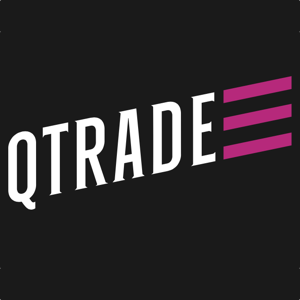
- 105 commission-free ETFs to buy and sell
- Excellent customer service
- Top-notch market research tools
- Easy-to-use and stable platform

- Stock and ETF buys and sells have $0 trading fees
- Desktop and mobile trading
- Reputable fintech company
- Fractional shares available
To learn more, check out my full breakdown of the best trading platforms in Canada here.
Conclusion

The best Canadian steel stocks can be powerful growth monsters if you buy them low and the global market stars align in your favour.
If the country starts putting stricter restrictions on imported steel, many Canadian stocks may shoot through the roof, but the probability of the opposite happening (imports crushing local steel) is just as high.
The heavy metal stock can either become a strong pillar for your portfolio or dead weight.
If steel is not your metal of choice, you can check out these gold stocks instead.





